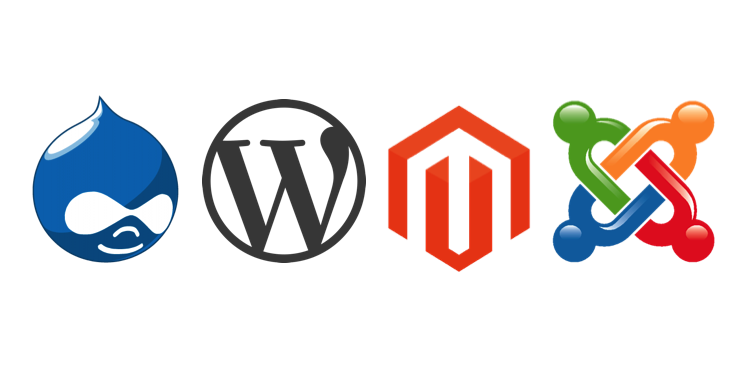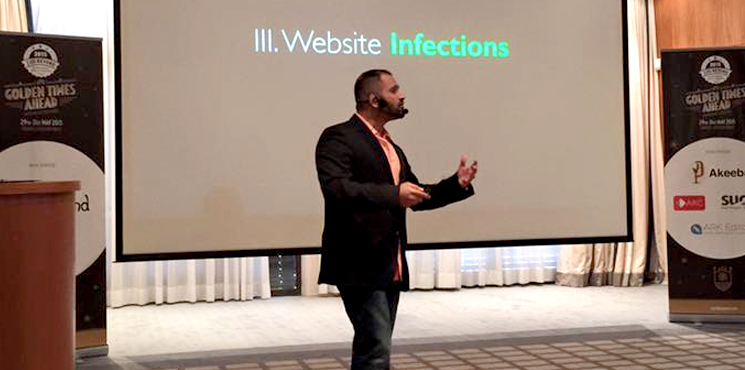Posts Tagged ‘Joomla Security’
Open-Source CMS Security In The Enterprise
Regardless of the size of your organization, the security challenges with open-source Content Management Systems (CMS) security are the same. In the enterprise the issue stems not from the technology or existing processes, but the fact that security is slipping through our fingers. We’ve made it too difficult for our counter parts in marketing and sales, and where there…
Read MoreWebsite Security is Not an Absolute
I work in the field of Information Security (InfoSec), specifically website security. With that in mind, it’s but one very small piece of a very large pie. Security is complex, even at the 50,000 foot level; within each specific area of the industry, it can get even more complex. It’s no wonder it can feel…
Read MoreThe Dynamic and Complicated Online Threats
This May I was thrilled to travel to Prague, Czech Republic as a keynote speaker for J And Beyond 2015, An International Joomla Conference to deliver the talk The Dynamic and Complicated Online Threats (Challenges Website Owners Face). I was also thrilled to have my company, Sucuri, sponsor the event. After investing the better part…
Read MoreHow We Think About Website Security
I recently attended WordCamp San Francisco (WCSF) where Matt Mullenweg, founder of the WordPress project and CEO of Automattic, gave his annual State of the Word. WordCamps are informal, community-organized events that are put together by WordPress users like you. Everyone from casual users to core developers participate, share ideas, and get to know each…
Read MoreImportance of Updates in Website Security: WordPress, Joomla, Drupal and CMS’s
In my recent post talking to the dilemma that is WordPress Security, there seemed to be some confusion as to my position on updates. Allow me a moment to provide clarity on the subject, yes, updates are very important. My previous statements are specific to the importance level of updates, it was designed to foster…
Read More




